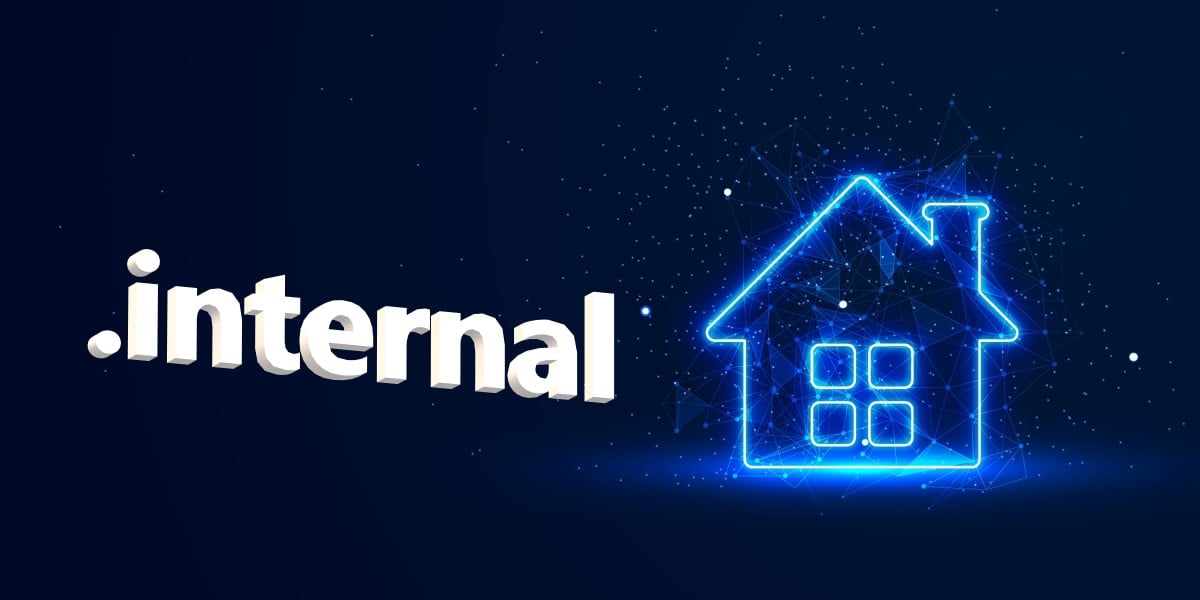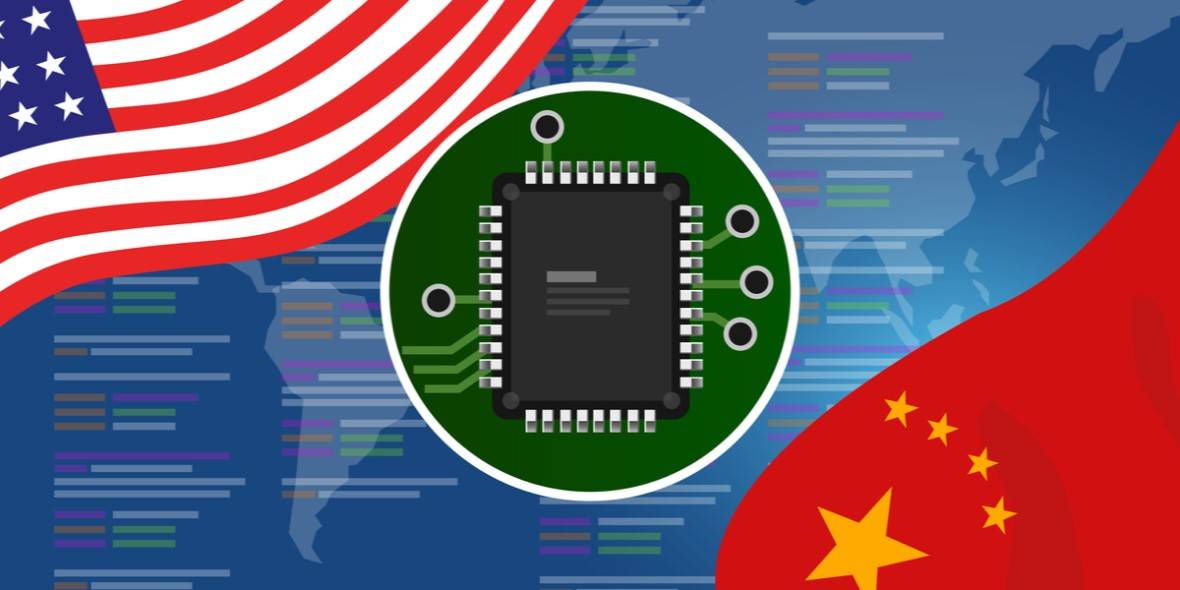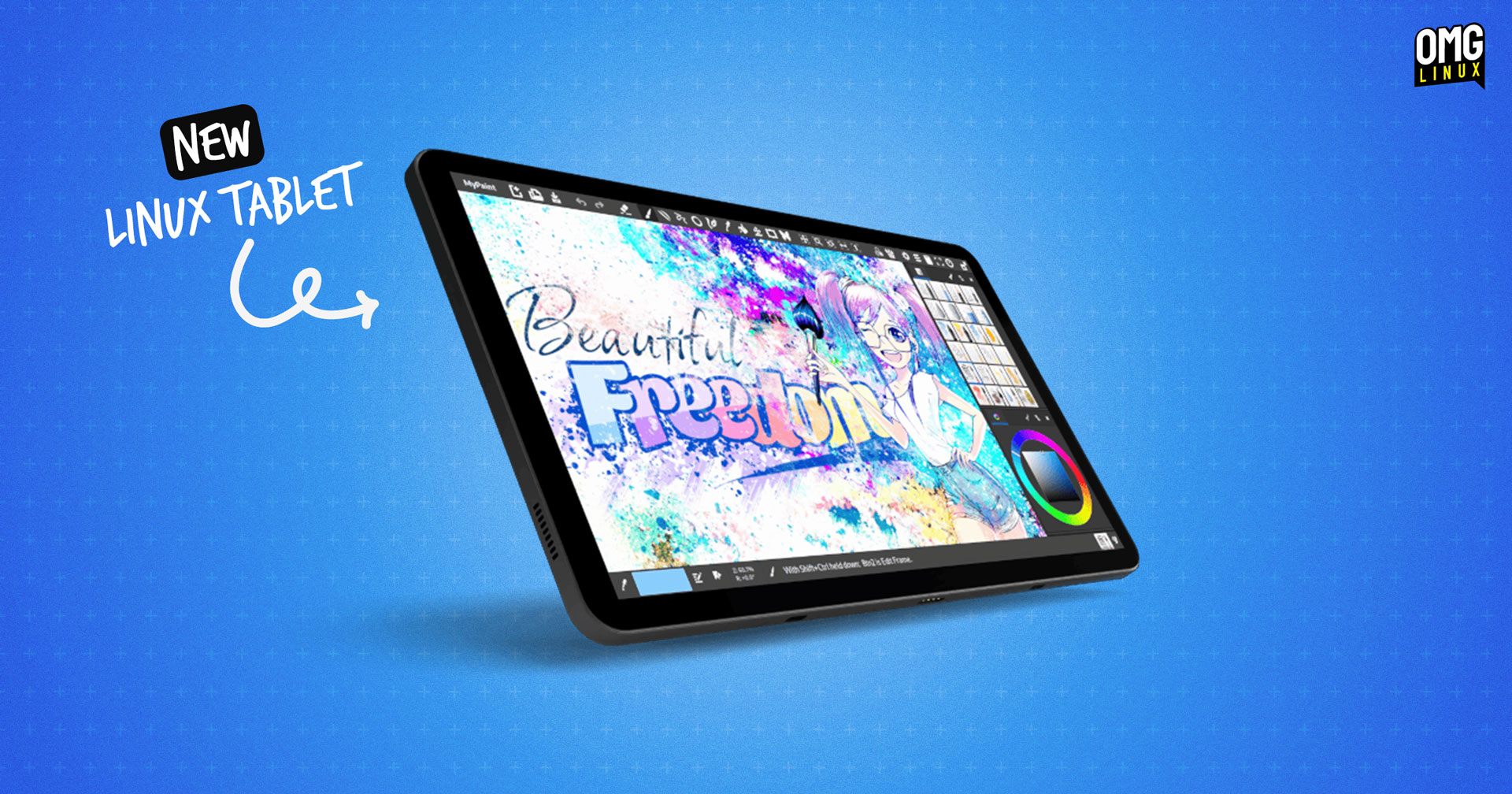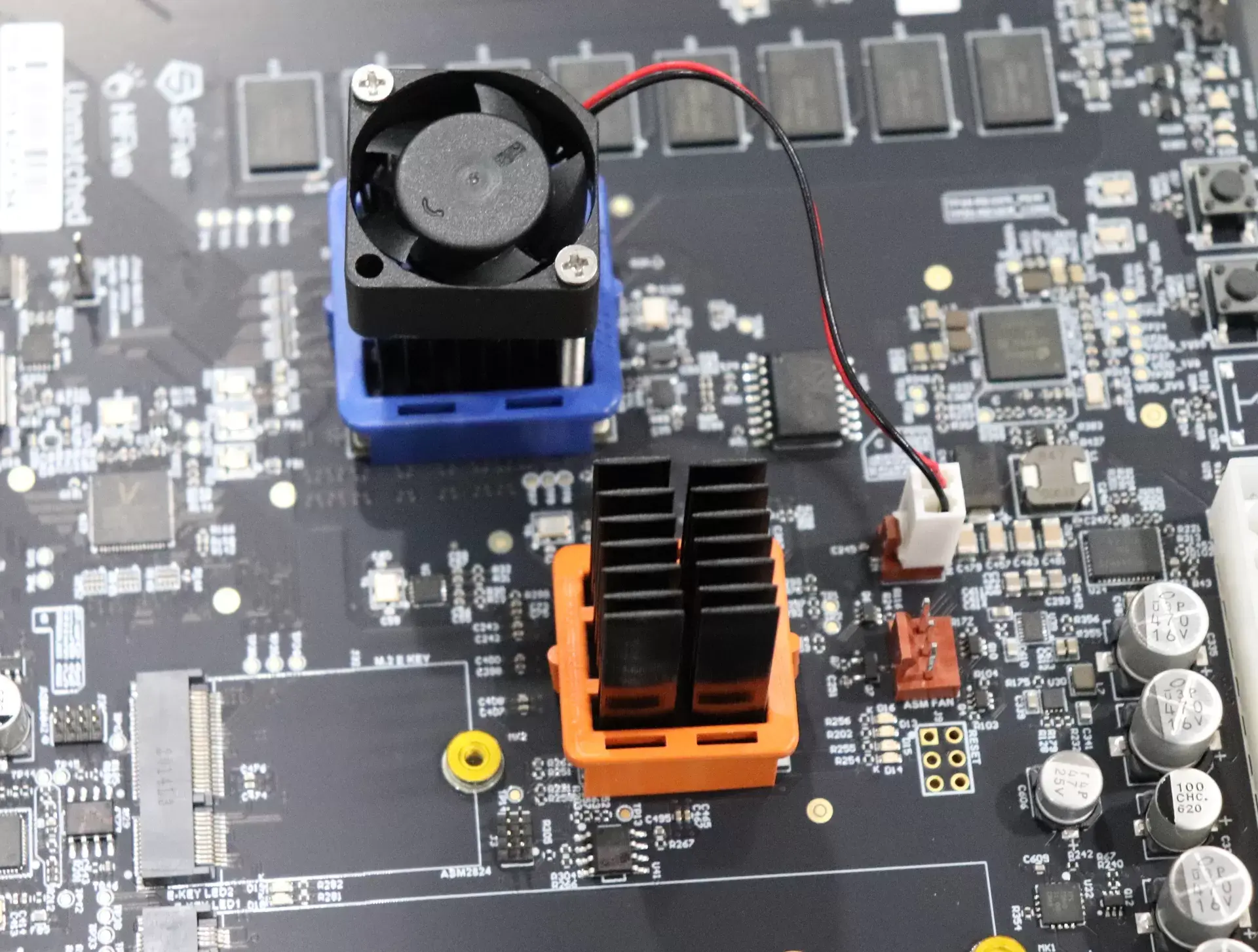- 16 Posts
- 49 Comments

 3·4 个月前
3·4 个月前I would also recommend openSUSE Tumbleweed. I’m usually a Debian/Debian-based person but I’ve been running Tumbleweed on my desktop for a few years now and it’s been great.
It has a few peculiarities like any distro but it’s been very stable, with few issues even with things like Nvidia drivers. Docs and community seem good too.

 1·5 个月前
1·5 个月前There are 4 bay units that would fit on a 10” inch shelf. I’ve seen some DIY projects too.
Using SFF/mini PCs is also popular, there are models that can take multiple SATA/NVMe drives

 8·5 个月前
8·5 个月前There are few if any 10” UPS units available anyway so weight is less of a worry. It’s one of the biggest weaknesses of the 10” system currently.
Power costs vary a lot around the world, depending on where OP lives every little saving can help.
You’re never lonely with all your Demodex friends.
I have an X220 with an i5-2520M, I don’t use it for gaming but I have briefly played Half-Life 2 with it and it was comfortably playable.
So I would say mid-2000s titles and before will be fine. It really depends on the age the Thinkpad you want is, and the age of the games you want to play.
Depends on your computing platform.
I see another reply has already covered Linux.
On a Mac, press and hold a character key and a list of accent characters will appear. There are also dead key combinations using the option key to enter special characters directly.
Seems a pointless endeavour. The open and enterprise sides are so deeply linked, it makes sense that they share a brand.
Separating them only weakens the broader SUSE ecosystem.
I like containers. But they do have a habit of nurturing cludgy temporary hacks into permanent infrastructure, by sweeping all the ugly bits under the big whale-shaped rug.

 3·1 年前
3·1 年前I’d say it’s more that parents (companies) should be more responsible about what they tell their kids (customers).
Because right now the companies have a new toy (AI) that they keep telling their customers can make thunder from clapping. But in reality the claps sometimes make thunder but are also likely to make farts. Occasionally some incredibly noxious ones too.
The toy might one day make earth-rumbling thunder reliably, but right now it can’t get close and saying otherwise is what’s irresponsible.

 41·1 年前
41·1 年前Generally you want to the reference material used to improve that first version to be correct though. Otherwise it’s just swapping one problem for another.
I wouldn’t use a textbook that was 52% incorrect, the same should apply to a chatbot.

 15·1 年前
15·1 年前Seems a hard sell to go subscription on such a niche platform. I wish anyone luck that could challenge the Apple/Android duopoly though.

 19·1 年前
19·1 年前As an aside, can we get back into desktop cubes again? With all the upheaval in Windows land it’s the sort of eye candy that can win over new Linux users.

 6·1 年前
6·1 年前Any distro should be fairly stable and supported on an older Thinkpad.
I’m currently using Debian stable on my X220 and it’s rock solid.
This is how I take pictures, I take pictures of the things I am seeing so I can look back at those moments later. I don’t experience life in third person, observing myself from overhead like a video game, so why would I want myself in the pictures?

 30·1 年前
30·1 年前Using nano as a vim user is a lot less clunky than trying to use vim as a vim non-user though.
Or so I would imagine, all of the vim novices are still too busy trying to exit vim to share their experiences.
What is with Linux projects and confusingly pronounceable names? Even the name “Linux” itself has a fair bit of spoken variation.
Then there’s Ubuntu, and GNOME with the hard G to name a few.

 4·1 年前
4·1 年前The small phone debate is not just about the overall physical size, it’s also about how reachable UI elements are when using a phone with one hand.
For one handed operation, screen size does matter regardless of bezel size. The larger the screen becomes, the harder it is for the thumb to reach the top of the screen because the top gets ever further away from the thumb.

 2·1 年前
2·1 年前There’s two main reasons to want a smaller phone. A smaller overall physical size so it fits better in a pocket, or a smaller screen so it’s more reachable when used with one hand.
I suppose the new flip foldable phones might satisfy the first but not the second.


















So far I just keep recipes in whatever I’m using for notes.
Some of these dedicated programs look interesting though. Thinking about it, it would be handy to have some dedicated cooking features, like being able to search for recipes by ingredients.